Welcome to Scotland! From Newcastle, I travelled by train to Edinburgh and from there to Galashiels in the Scottish Borders, my home for the next week. Just a short walk from Galashiels is Abbotsford House, the home of Sir Walter Scott.
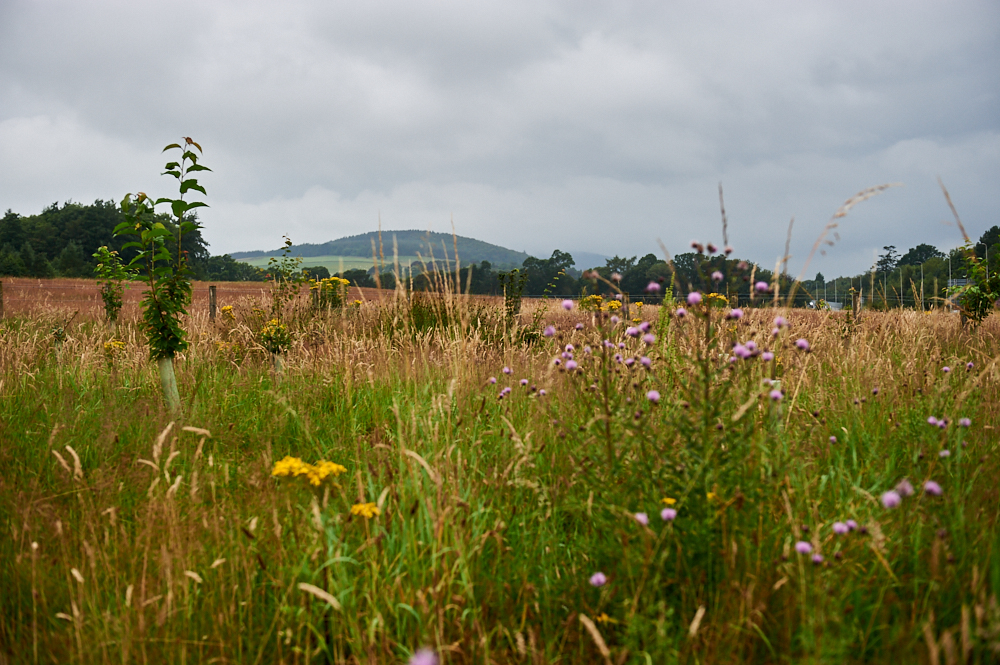
It was a lovely, slightly wet, walk along the River Tweed until I reached Abbotsford, situated above the Tweed, nestled in between the hills, Sir Walter Scott loved to roam around, and overlooking the stunning landscape
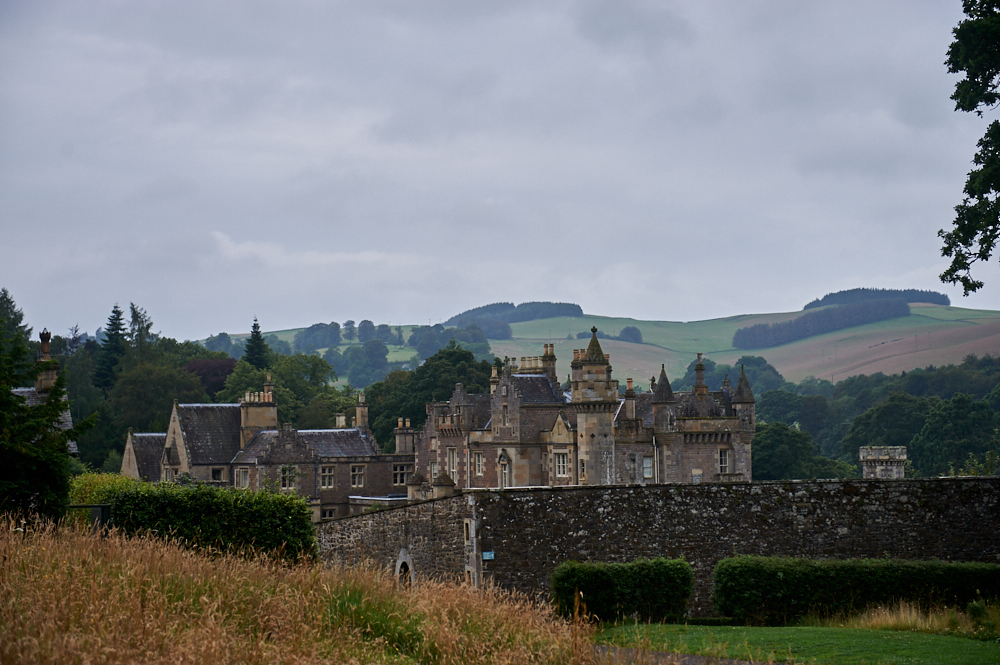
Sir Walter Scott is a beloved Scottish writer if you´ve ever been to Edinburgh you can´t miss his monument next to Princes Street Gardens, the second biggest monument for a writer worldwide.
Born in 1771 in the Old Town of Edinburgh he spent a lot of his childhood with his grandparents in the Scottish Borders, in Sandyknowe near Smailholm Tower, the former family home.
After finishing his education in Edinburgh Scott became a lawyer. But he was always fascinated by the oral traditions of the Scottish Borders. He collected stories and wrote them down. At the age of 25, he started to write professionally by translation works from German.

On on Christmas Eve 1797, Scott married Charlotte Charpentier and the newlyweds settled in Edinburgh and had five children together.
In 1796, Scott’s friend James Ballantyne founded a printing press in Kelso, in the Scottish Borders. Through Ballantyne, Scott was able to publish his first work, including “Glenfinlas” and “The Eve of St. John”, and his poetry then began to bring him to public attention. In 1805, The Lay of the Last Minstrel captured wide public imagination, and his career as a writer was established in spectacular fashion. (Wikipedia)
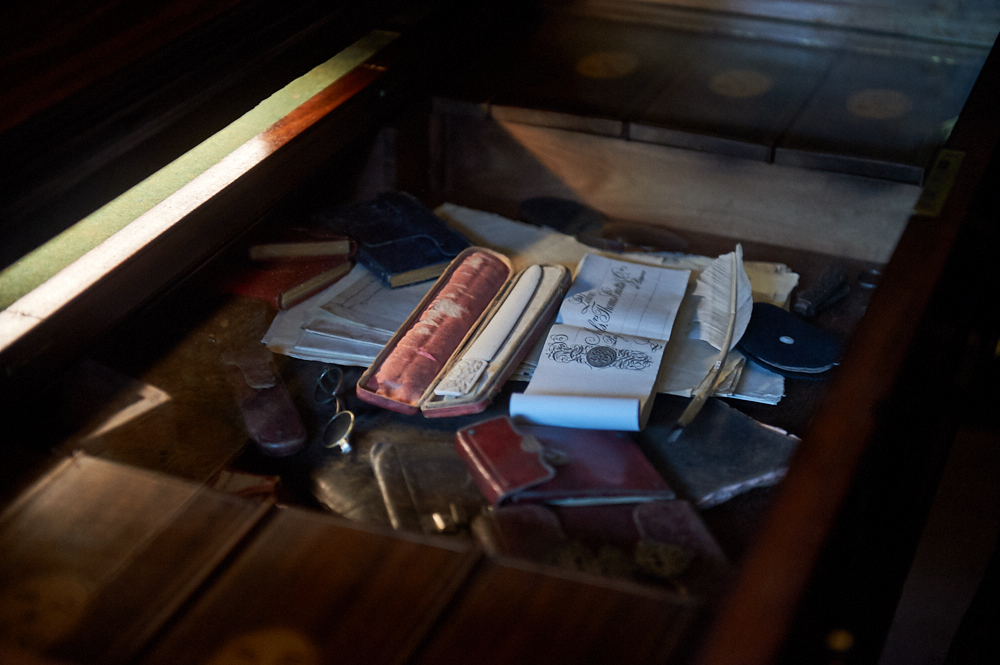
Scott’s first novel “Waverly”, a tale of the Jacobite rising of 1745, was published anonymously in 1814.
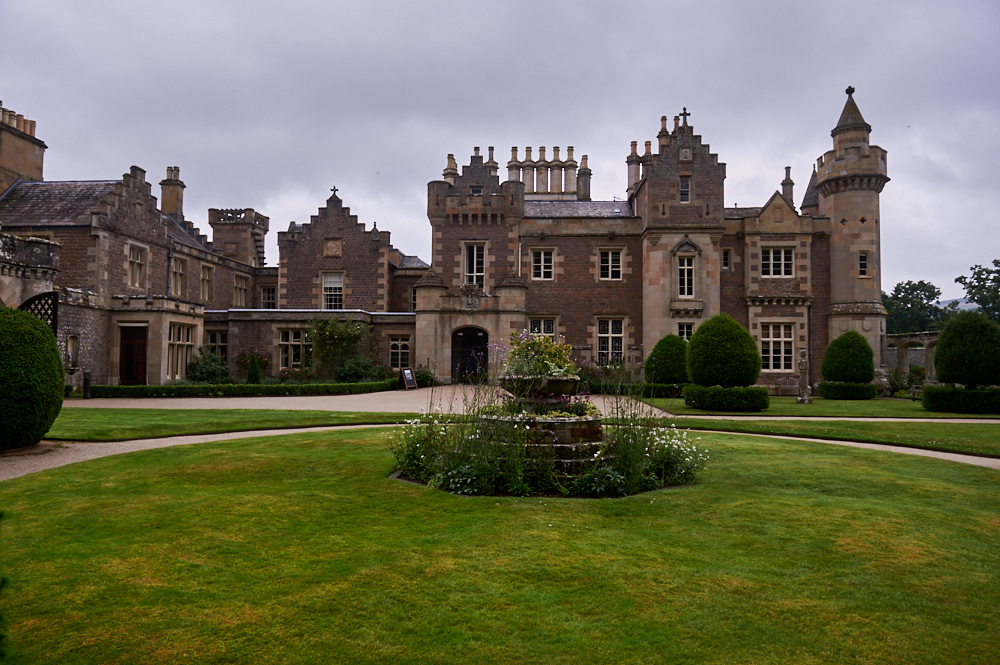
When Scott was a boy, he sometimes travelled with his father from Selkirk to Melrose, where some of his novels are set. At a certain spot, the old gentleman would stop the carriage and take his son to a stone on the site of the Battle of Melrose (1526). (Wikipedia)
In 1811 Walter Scott bought Cartley Hole Farm on the south bank of the River Tweed and built a family cottage in 1812 which he named “Abbotsford”. Abbotsford House was built in a series of extensions and the farmhouse cottage became a romantic fairy palace.
Scott was a pioneer of the Scottish Baronial style of architecture, therefore Abbotsford is festooned with turrets and stepped gabling. Through windows enriched with the insignia of heraldry the sun shone on suits of armour, trophies of the chase, a library of more than 9,000 volumes, fine furniture, and still finer pictures. Panelling of oak and cedar and carved ceilings relieved by coats of arms in their correct colours added to the beauty of the house. (Wikipedia)
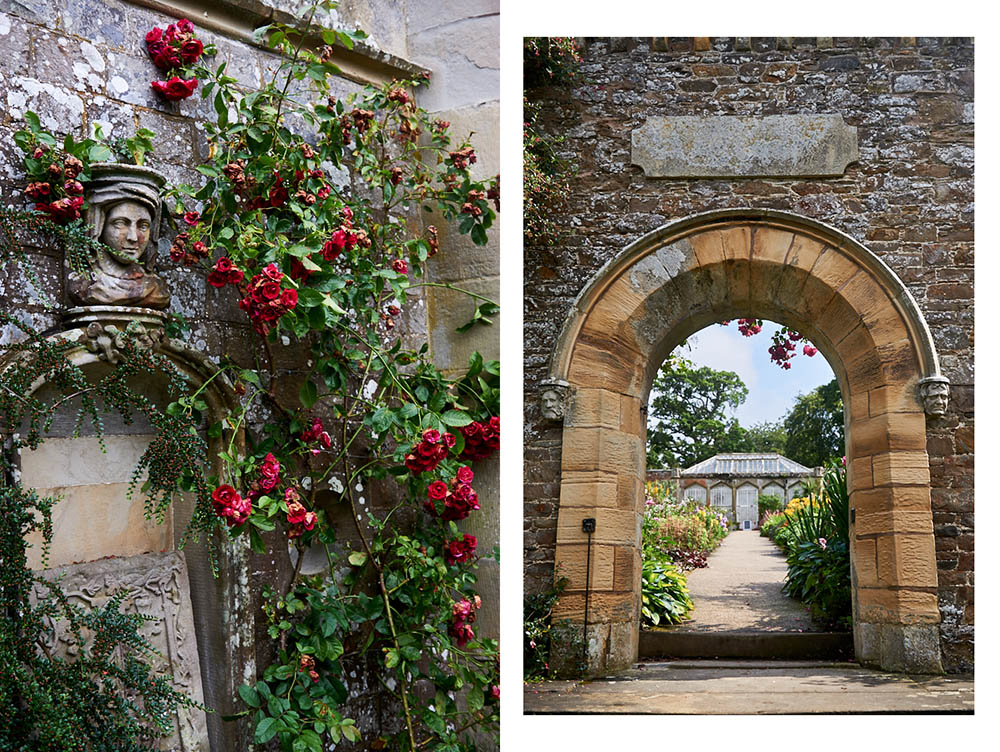
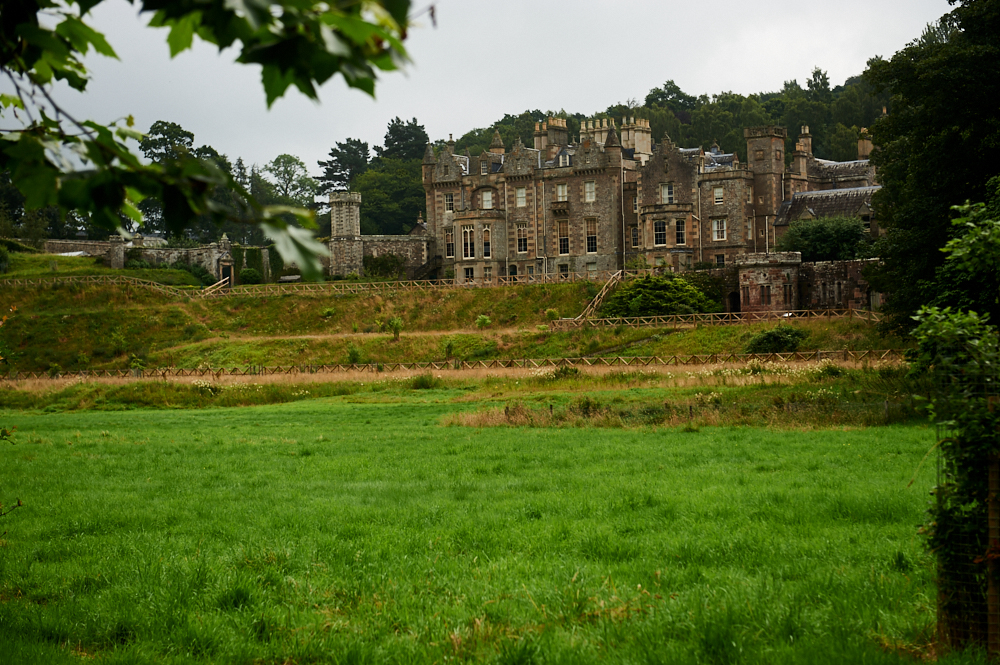
Scott used many sculptured stones from ruined castles and abbeys of Scotland and even collected Roman and medieval stones and statutes.
The house was opened to the public after Scott’s death in 1833 but continued to be occupied by Scott’s descendants until 2004. Electricity was only installed in 1962.
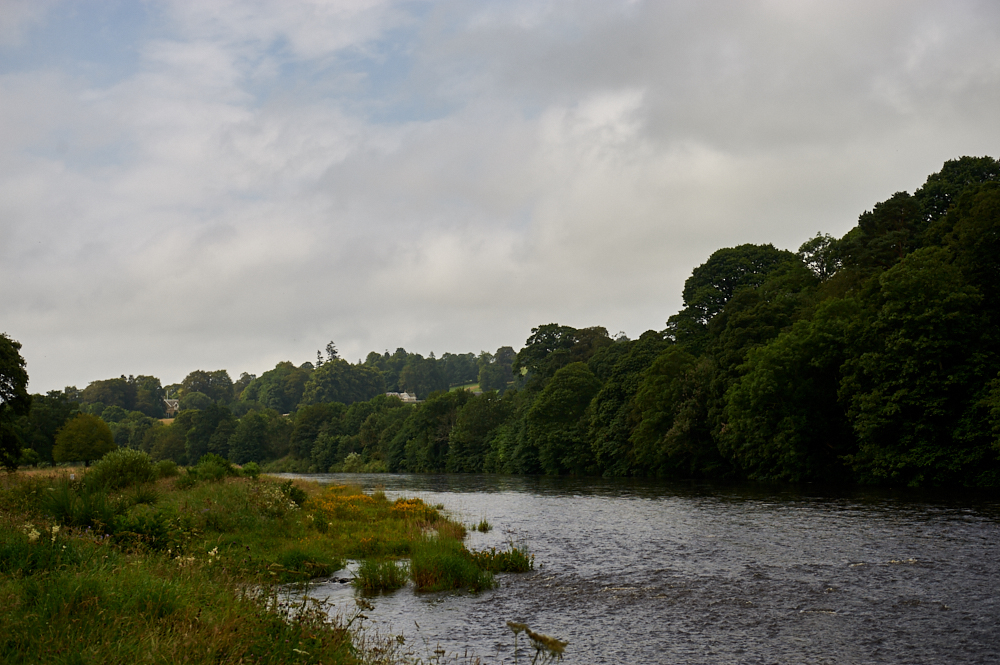
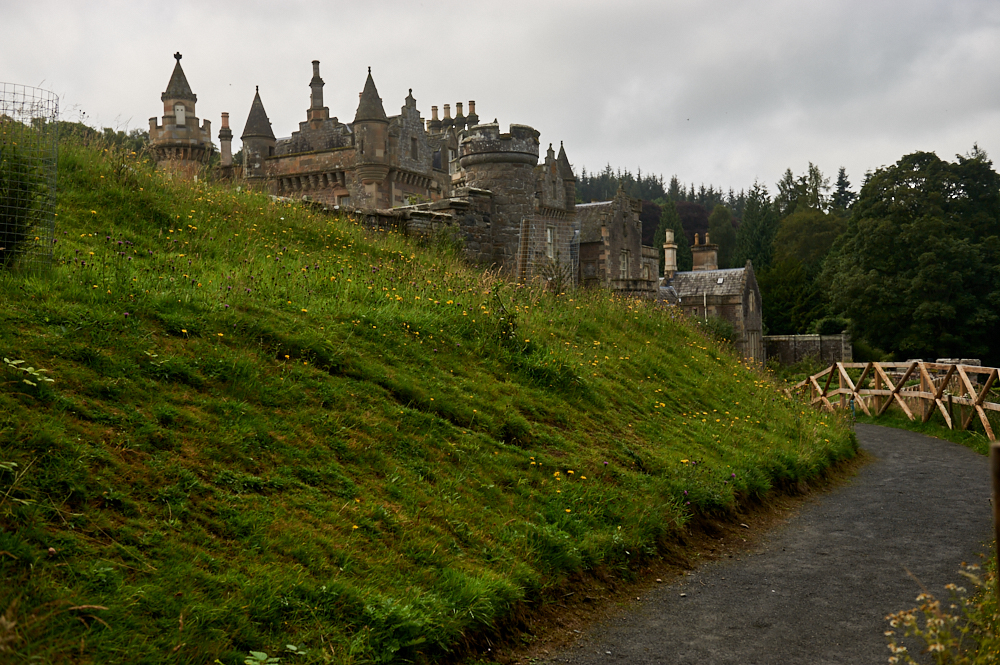
Today Abbotsford House is one of the main tourists’ attractions in the Scottish Borders and you can even stay there, probably not sleeping in Scott´s bed but nearby!
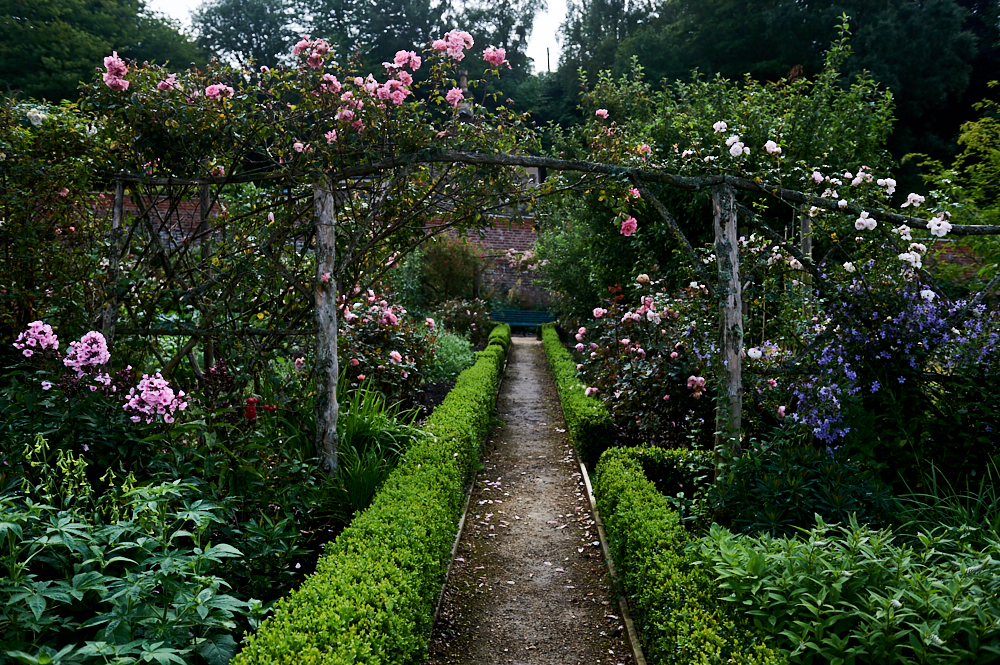
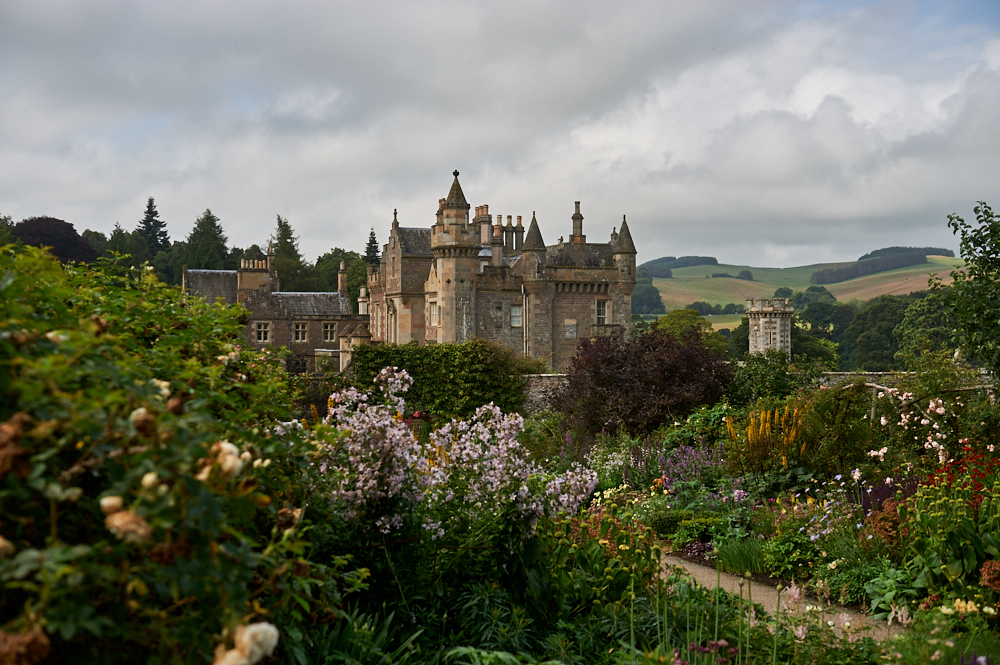
Leave a Reply